A fundamental work based on Original Sanskrit, Chinese Korean, Japanese, the lost Iranian language Sogdian and Tibetan works – on the origin of Avalokitesvara. It identifies the several prevalent folk-deities which were assimilated into the iconographical form. The workship of Avalokitesvara was accompanied by a dharani (recited hymn). This work describes five versions of the dharani. This dharani is an essential part of the Zen repertoire of sutras. It was transliterated into Chinese eight times over a span of eight centuries: from the 7th to the 14th century. The present edition is not only a reconstruction of the original Sanskrit text of the hymn, but a detailed study with the texts of Bhagavad-dharma. Amonghavajra, Vajrabodhi and Chih-t'ung is Chinese characters. The Korean, Sogdian, and Tibetan texts are also given in this indigenous scripts. Siddham manuscripts from Korea and Japan have been done in facsimile. Popular iconic vocabulary becomes the essence of ever renewing theogony. From an attendant acolyte of Amitabha in the Sukhavativyuha, Avalokita gained independence as a separate deity in his own right. The system of iconographic classification of 33 types, with their symbols, bijas and mudas presents a new model for Buddhist iconographic studies. The Chinese, Korean, Japanese, Tibetan and Sogdian transliterations of Sanskrit hymns to the thousand-eyed, thousand armed Avalokitesvara have the attributes of Hari and Hara and have the faces of Narasimha and Varaha. In reconstructing these versions it became imperative that Sanskrit texts bearing on Harihara be consulted and the iconography of Harihara be analysed with precision. The 36 morphological types of Harihara have been defined in a succinct manner on the principles of icono-taxonomy. A novel departure in the study of the history of art. Comparison has resulted in the discovery of the mythogenesis of primal Arya Avalokitesvara, as well as his form with a thousand arms, with a thousand eyes on each of the thousand palms. The emergence of the Thousand-armed Avalokitesvara is linked with the interiorisation of Isvara/Siva into Avalokita as Visvarupa. Amoghavajra's version indicates the connection of the Thousand-armed Thousand-eyed Avalokitesvara with the security of the State. The new readings of the dharani that emerge out of comparative exegesis are refreshing like the ozone-laden morning air, with a distinct character, with poetic profundity and devotional fervour. While this volume resurrects the dharani, it traces the very origins of the first Avalokita-svara, and the continuous and perplexing processes of assimilation that travel into a phantasmagoria of universes. Avalokita becomes a wave made of many waves.
The Thousand-Armed Avalokitesvara (With One Audio Cassette)
Out of stock
Out of stock
Free & Quick Delivery Worldwide
reviews
Bibliographic information
Title
The Thousand-Armed Avalokitesvara (With One Audio Cassette)
Author
Edition
1st ed.
Publisher
ISBN
8170172470
Length
vii+303p., Illustrations; 30cm.
Subjects

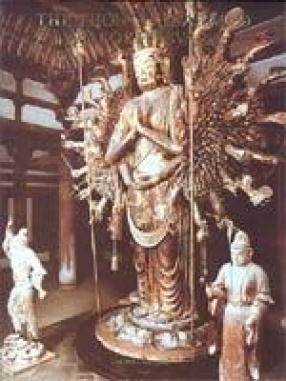
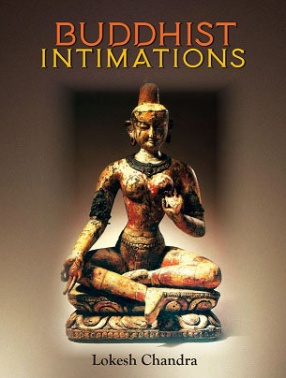
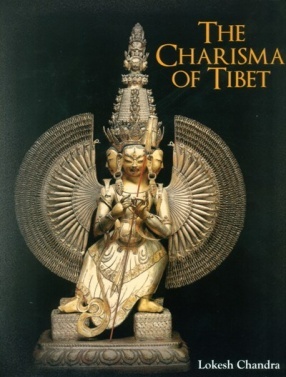
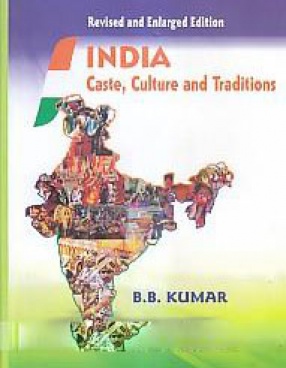

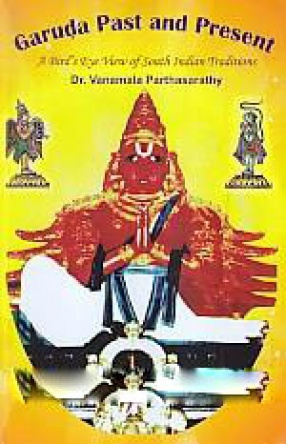

There are no reviews yet.